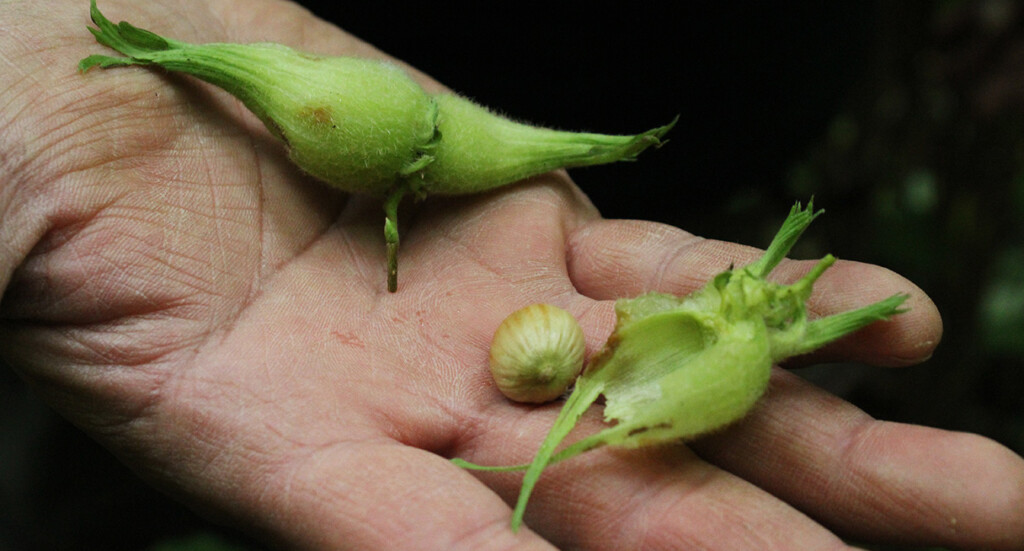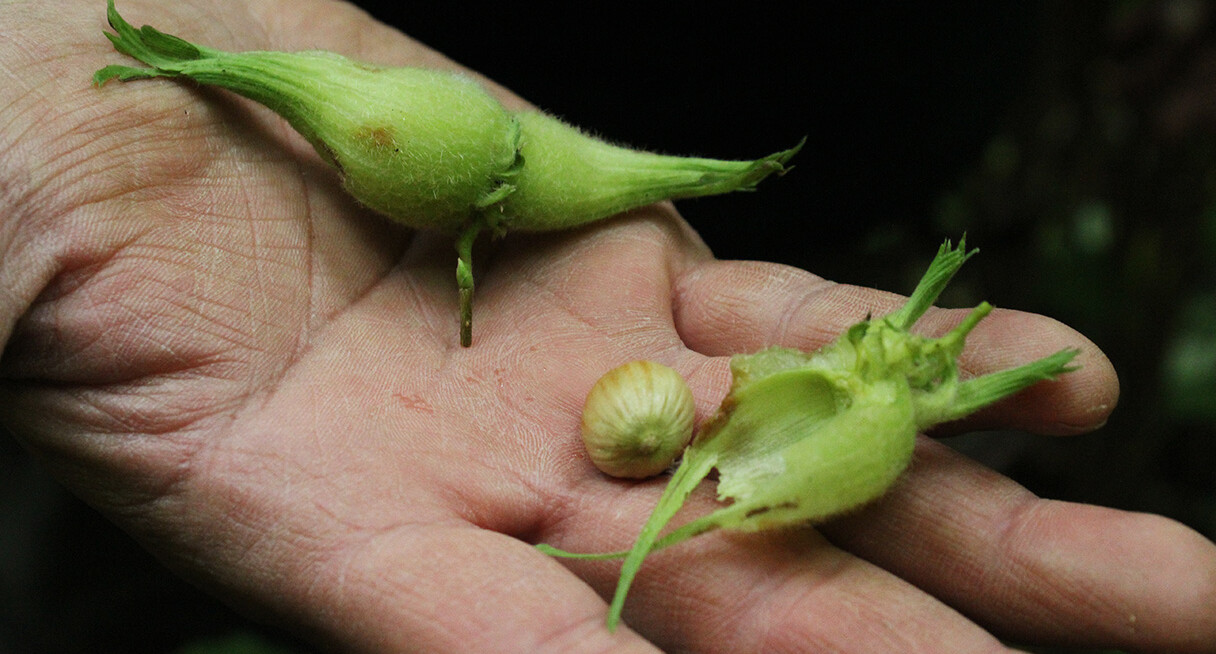
New insights into the First Nations of British Columbia show how these resourceful people cultivated hazelnuts across hundreds of miles of their forest homes.
The study comes as certain indigenous nations in Canada are attempting to assert land claims by arguing their ancestral use.
Tribes such as the Gitxsan, Ts’msyen, and Nisga’a, have oral histories of cultivating beaked chestnuts in a way that bisects the traditional divide between hunter-gatherers and agriculturalists.
Like many trees west of the Rocky Mountains, beaked chestnuts release their seeds following forest fires, which native cultures once used to exploit this nutritious crop.
Chelsey Geralda Armstrong of Simon Fraser University wanted to see if this interaction with the chestnut trees left a genetic imprint that would be detectable in the plants today.
Armstrong and her colleagues sampled 219 individual hazelnuts representing three distinct regions in and assessed 9,650 genome-wide single nucleotide polymorphisms (SNPs). SNP is the technical term for all those little genetic differences that make individuals of one species different from another.
In their study, Armstrong et al. found that clusters of shared genetic lineage could be mapped onto a landscape inconsistent with natural processes.
For example, a tree drops its own seed and it germinates, or a bird picks up a seed and stashes it somewhere. By these standard occurrences one would expect trees with shared genetic lineage to appear in groups, and to a degree, that’s what the study authors found.
OUR IMPRESSIVE ANCESTORS: Landmark Genetics Study Shows Easter Island Population Collapse Never Happened
However, among 5 different tree groups with shared genetic heritage, individuals were found clustered in various areas across more than 400 miles of terrain.
“These trees fan out around an archaeological site called Temlaxam, where ancestors of some Ts’msyen, Gitanyow, Gitxsan, and Nisga’a people lived for thousands of years, until a series of natural disasters wiped out the city about 3,500 years ago,” writes Sierra Bouchér in Science Magazine.
“Hazelnut pollen found in layers dating to about 7,000 years ago suggests Indigenous peoples had deliberately brought the hazelnuts north from multiple different locations, then tended and cultivated them here.”
SIMILAR STORIES: Canada Agrees 200 Islands Belong to the Indigenous Haida Nation
Similar findings have been found regarding the distribution of Brazil nut trees in the Amazon, and Bouchér adds that there is a suggestion that forest cultivation was a widespread practice in North America, even before the domestication of crops like maize.
As regards the First Nations of BC, experts suggest this study could serve as proof of land use claims for a case currently on the docket for the Canadian Supreme Court.
SHARE This Unique Insight Into Ancient Americans With Your Friends…




















